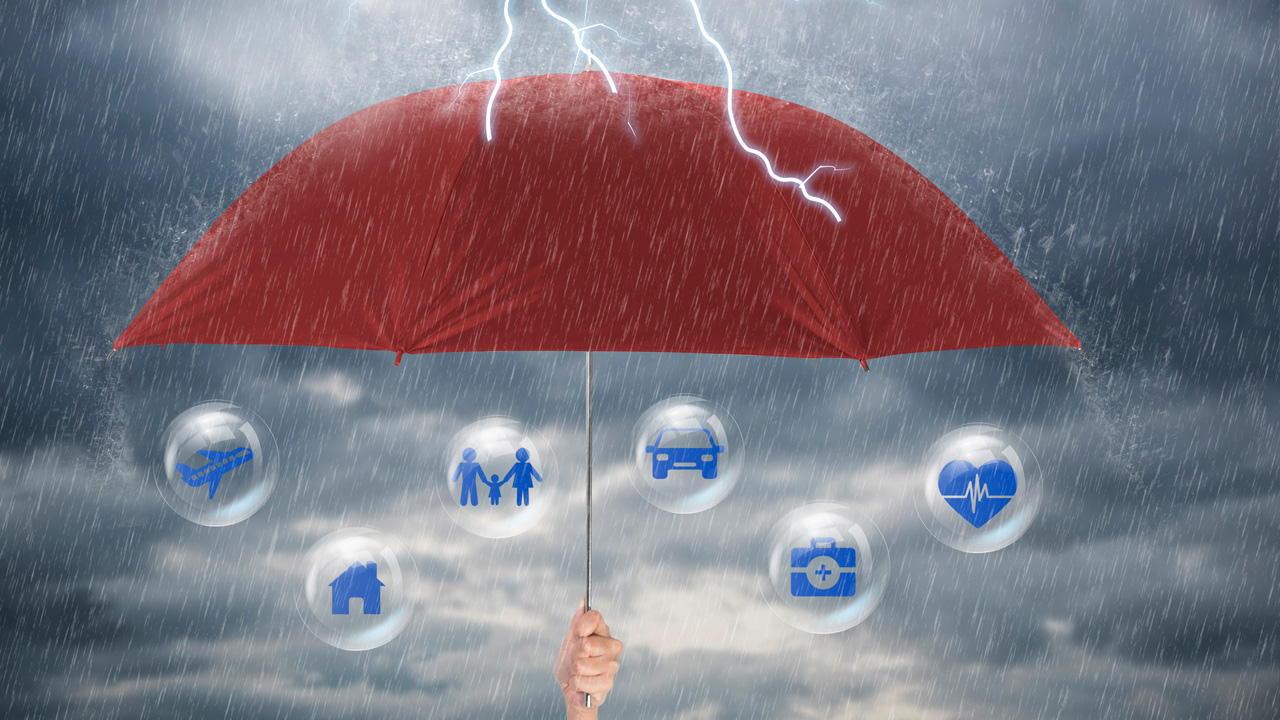
Ruth King
Contributing Writer
Profitability Revolution Paradigm
Being weather driven and being weather dependent are VERY different.
When you are dependent on the weather for revenue and profits, you are at the weather’s mercy. None of us have a crystal ball to determine what the weather will be over the long term. Even the weather forecasters, with their complex computer models, rarely get it right. When the weather is extreme you make great revenue (and maybe great profits depending on your pricing). When the weather is mild your revenues suffer and your cash can fall to dangerously low levels. In years with no weather extremes the company profits are very low or negative.
If you are weather driven, that means your revenues and profits are not dependent on the weather. They increase in times of extreme weather. However, you are covered in milder times.
You have a great maintenance program in place to take care of your customers’ HVAC systems no matter what the weather. If you have commercial maintenance plans, those customers are the least weather driven. Residentially, if you have educated your customers properly to expect one heating check and one cooling check per year at any time of year, you can be performing heating checks in January and cooling checks in September.
Your maintenance revenue covers the entire overhead of your company. So, you know that no matter what, if no work comes in the door, your overhead is paid. Then, in extreme weather, you are busy with the emergency calls. Yet, most of your maintenance clients don’t have emergency calls since you are taking care of their systems properly and they don’t break down when stressed during that first hot or cold day.
Weather driven contractors are often shocked on the first really hot or cold days that they are not “crazy busy.” If you are doing your maintenance properly, your customers’ systems are working properly. The only calls you get are from non-maintenance customers or new customers who have never used your company in the past.
Weather driven company’s profits are stable and increase a few net profit per hour dollars when they take advantage of the weather extremes.
Here are 7 things that can help you be less weather dependent for profits:
1.Make sure you have tickler files. Whenever a tech goes to a customer’s location many times there are parts that are getting worn (pitted contactors, weak capacitors, blower wheels out of balance, bearings that are wearing, etc.). The technicians should educate the customer on the condition of the system and make recommendations where warranted.
When the dispatcher debriefs each call, one of the questions the tech should answer is, “Were there any recommendations that you made that the customer did not approve?”
For commercial customers, many times they ask for a quote. Quote it and follow up…even if it is three months later. This is your commercial tickler file.
Residentially, put the work that could be done in a “tickler section” on the left hand side of your dispatch board (You probably have unassigned and maintenance categories already. Tickler becomes the third.)
If you still are on paper, make a copy of the service ticket and put it in a file folder.
Then, when it gets slow, call the customer and remind her that the last time TECH was there he suggested that Y be done. He is available to do it, for example, Monday or Tuesday. Or, commercially say, “I am following up on the quote that we gave you to replace X. We can perform that work Monday or Tuesday, which would you prefer?”
2. Have enough maintenance plans to cover the overhead of your company. At a minimum you should have 600 hours of commercial maintenance for each commercial tech and at least 3000 residential maintenance plans.
3. Cross train. Installation crews can be taught to perform maintenance.
4. Add additional services (maybe). Some companies use plumbing or electrical to offset slower times.
5. Communicate with your maintenance customers in slower times. If you give them a great reason to invest in IAQ, a new system, etc. they will at least listen and some will say yes. When you price using the net profit per hour method, you know how low you can price the special so that you still break even or have a little profit.
6. Put the money you receive from residential maintenance customers in a separate savings account. Put at least 2% of revenues from every commercial maintenance in a separate savings account. This is your rainy day fund…don’t touch it for personal reasons!
7. Attend classes.
Building a strong maintenance base and communicating with your maintenance customers in slower weather times are essential for becoming weather driven rather than depending on the weather and hoping for hot and cold times to make a profit.

